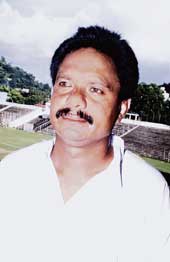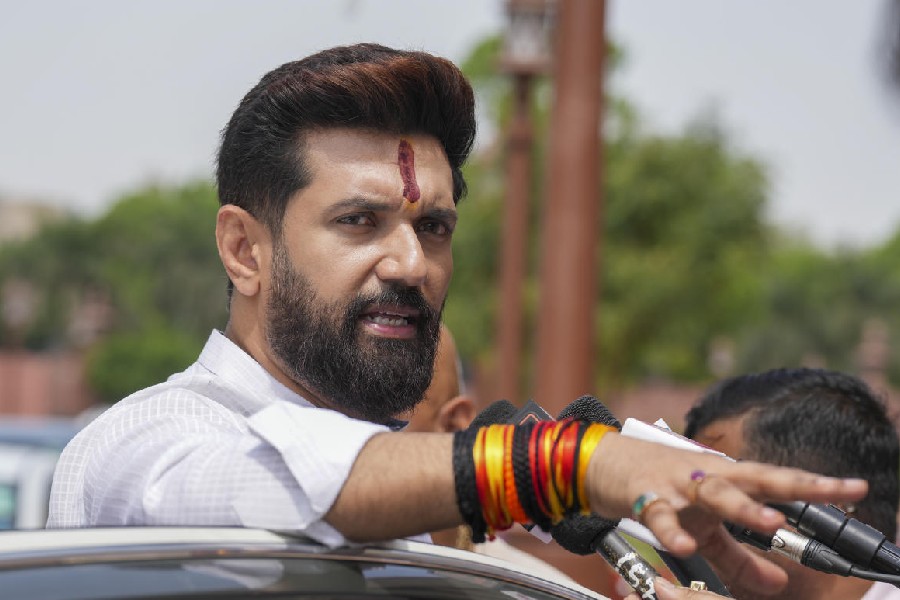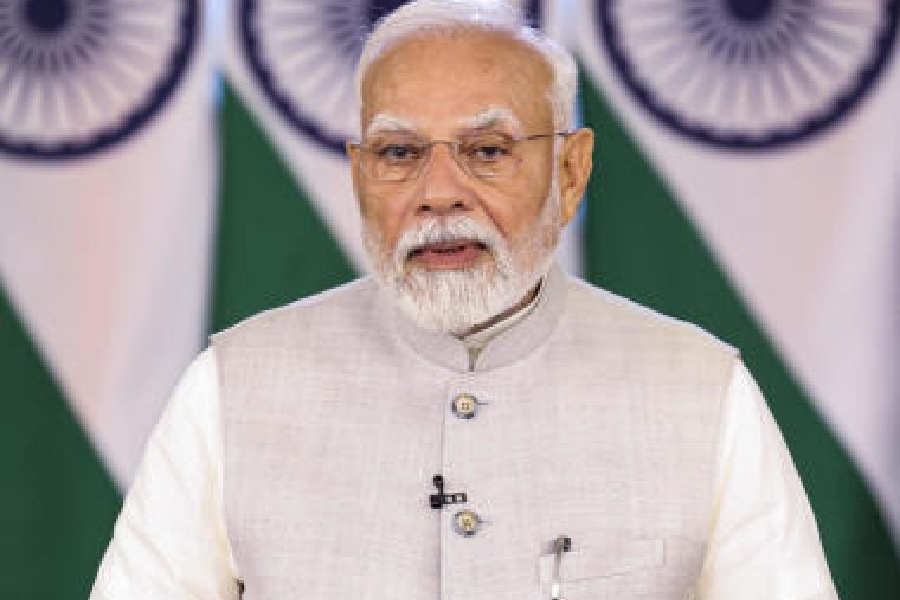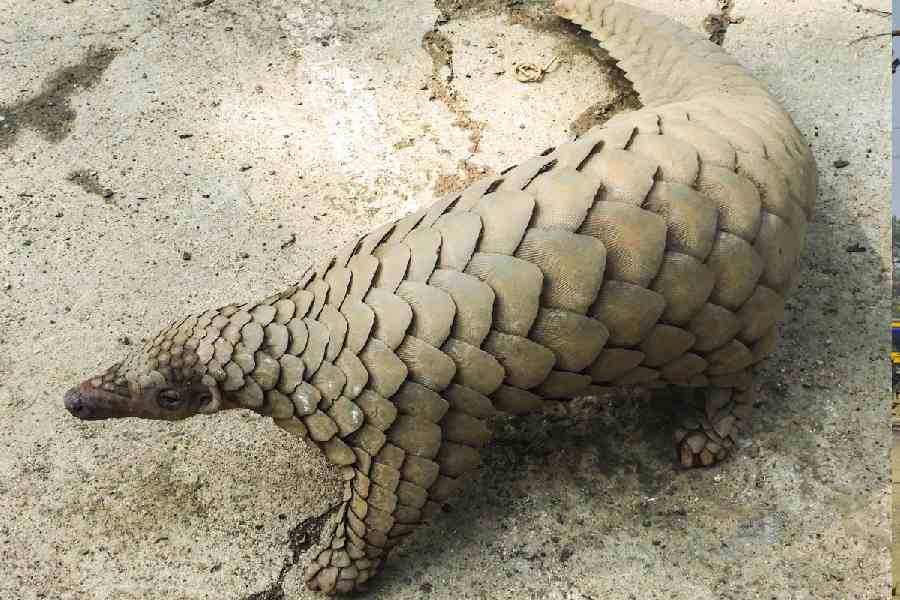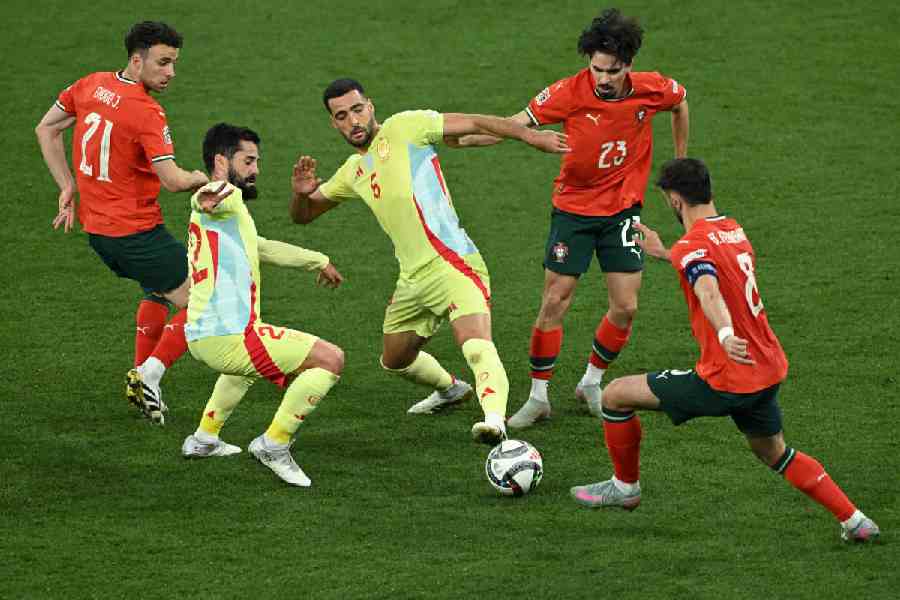 |
| Babul Phukan (left) and Gilbertson Sangma |
Ace Indian footballer Bhaichung Bhutia has rightly remarked in a recent news conference in Guwahati that at present, Indian football was what it was 100 years ago. It is a fact and the basic shortcoming lies in the lack of professionalism among the administrators in the country. Football in India is neither amateur nor professional.
The 1950s were the golden years of Indian soccer and though India won a bronze in the Asian Championship in 1970, the actual nosedive in performance started in 1964 when India went down to Iran (1-3) in Calcutta in a pre-Olympic qualifier. Ironically, India had beaten Iran and South Korea for the Asian Championship title in 1951 and 1962.
Another irony is that India, which had prevailed over Iran, South Korea, Japan and Australia in the 1950s and 1960s, are now languishing in the 117th position among 207 countries in the FIFA ranking while the above four sides are playing in the current World Cup in Germany.
Merely engaging foreign coaches, even if they are the best in the world, will not help unless the All India Football Federation (AIFF) stops day-dreaming by investing in foreigners and put its efforts in the right direction of tapping indigenous talent. And if the AIFF wakes up to the call of the time, the Northeast, along with West Bengal and Goa, are the right places to invest with a focus on the 2018 FIFA World Cup. The three places have enough talent who could be groomed to perform better than those cash-rich clubs and establishments hired from other parts of the world without any vision for future development of the nation?s football scenario. It is due to the presence of those hired players from outside the country that some of the better home-grown talents are deprived of a chance to prove their mettle.
The best option till date will be to set up football academies in West Bengal, Goa and the Northeast under the AIFF?s patronage, where promising players in the age group of 12 to 14 years should be adopted and groomed professionally. The players should be provided adequate exposure and modern facilities for physical development. Besides, the AIFF should take initiatives to secure the future of footballers with assistance in seeking employment.
The very fact that the Indian squads have traditionally consisted of players from the Northeast and that it was under the leadership of Talimeren Ao of Assam, India had qualified for the 1948 Olympics, are testimony to the presence of abundant soccer talent in the Northeast which is yet to be tapped with a professional approach.
Apart from Ao, the region has so far produced players like Sarat Das, Gilbertson Sangma, Babul Phukan, Debashish Roy, Tiken Singh, Moni Tomba, Rennedy Singh and a whole lot of players even without the minimum facilities.

